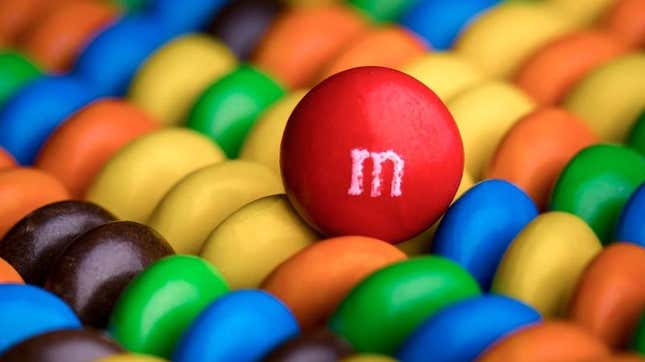
Barely a week goes by without M&M’s candies making the news. Sometimes they play a starring role in a new Guinness world record. Occasionally we hear about a bold new flavor. And other times they make a splash during the NFL season or trigger a famous news commentator. M&M’s are not just a candy, but a cultural institution, and a very interesting one at that. There is so much fascinating history and trivia lurking beneath those colorful shells. Let’s look at some sweet tidbits about M&M’s that you may never have heard before.






